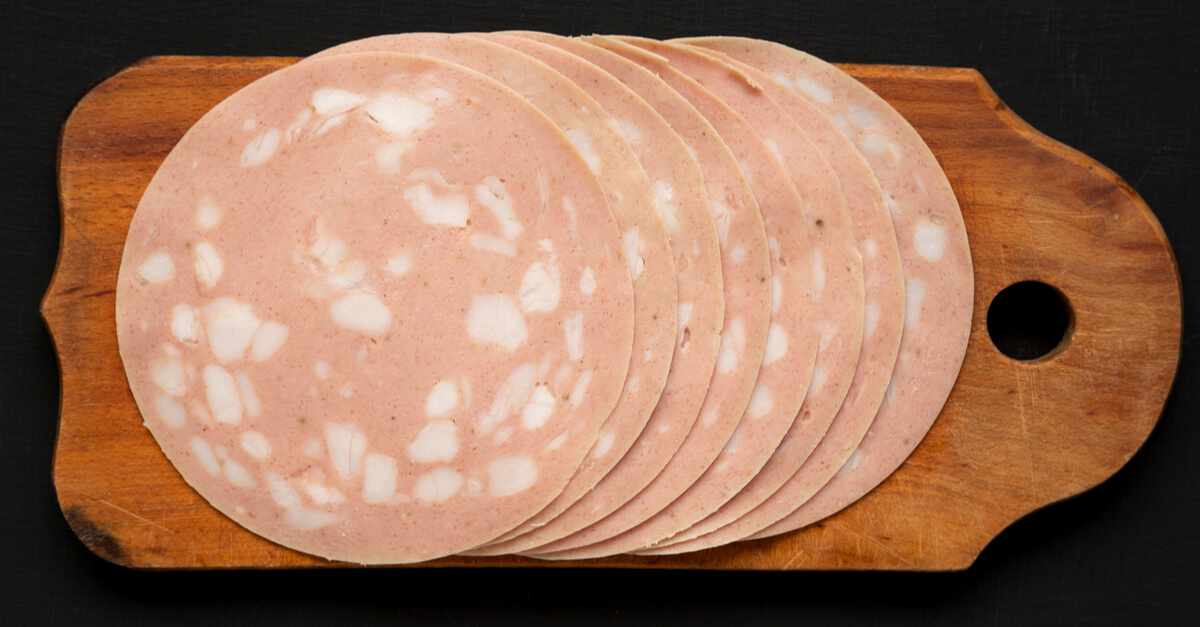The Struggle:
I think it’s foolish to ever claim that you know everything about an ingredient. I’m happy that I get to prove this to myself weekly if not daily. I know quite a bit about transglutaminase, but I am far from being the chief expert. This week I had some really great questions come across my desk/prep table. It was cool to see two questions from unrelated sources unknowingly help one another. Both ingredients dealt with how transglutaminase reacts with gelatin. I was surprised at one specific finding in my research. If you are familiar with transglutaminase and gelatin you should know the basics of how they react. But I was able to find a useful technique that changes the characteristics of gelatin once it has set.
“How does meat glue change gelatin?”
Characteristic Changes
I had two questions this week. The first one actually brought up this topic. The customer was wondering about transglutaminase (TG) altering the gel properties of gelatin. Specifically changing it from a thermoreversible gel ( a gel that melts after setting) to a non thermoreversible gel (a gel that doesn’t melt after setting). I had not really thought of this. I know the TG would bond the lysine and glutamine but I didn’t really think about the properties of the gel. Gelatin melts at 97°F and this would make it difficult to create a nice bond whenever cooking a meat that has been treated with TG. So I had to look into this and I was able to find a helpful excerpt from a scientific journal. Thankfully I’ve read quite a few of these types of articles, so you don’t have to. From what I gather the gelatin will need to be heated and in liquid form for the TG to create the bonds all the way through. So as it sets it will become non-thermoreversible. If you are using dry powdered gelatin. The TG can create bonds, but only on the surface of the granules of the gelatin. So once the dish is heated the gelatin will melt off.
So this is where our second customer has come in. I have helped them 2-3 times over the last month just troubleshooting a recipe. They are looking to slice mortadella encased in pork fat. The pork fat is too soft to slice so I helped thicken it with mono & diglycerides. They called again and were having issues with the pork fat not sticking to the outside, and inquired about TG. I explained that the TG wouldn’t work with just the fat. The rendered pork fat would need some sort of protein in order to bond properly. I suggest blending pork fat with a melted gelatin and water solution. The mortadella will need to be coated with a thin layer of TG. This way when the pork fat is poured over the mortadella the gelatin within the pork fat will adhere to the outside of the mortadella and stay on through the slicing process. The customer asked if dry gelatin would work in the rat rather than a melted gelatin solution. This will not work since the gelatin granules are not fat soluble and would be useless in the fat mix without a small amount of water.
This is all in a day’s work. But it’s one small technique that can make or break a dish. What recipe could you use this in? Leave it in a comment below. If you have a recipe that is giving you issues drop us a line. You never know, your questions could help others in the long run.



6 Comments.
Is the burger binder and methylcellulose hv the same?
They are not.
I’m looking for something to increase the melting temperature of gelatin desserts by a couple of degrees. Eversince I moved to Asia, all my gelatin based recipes droop or melt. (i tried adding more but it doesn’t seem to change) And agar isnt an option because of the high setting temperature.
You can’t charge the melting point of gelatin since that is not something that can be altered.
My attempts at using Activa RM have failed repeatedly. I begin with a brand new bag of TG. Next, I try bonding chix to chix, steak to steak, etc. Then I attempt to bond 1-2″ chunks of beef to create a uniform roll. Lastly, I attempt to bond layers of mixed meats; chix, veal, duck, etc.
I roll in film, squeeze out as much air as possible, then vacuum seal. Most attempts failed. WHAT could I possibly being doing wrong?
Are you purchasing Activa RM from us? I would first check to make sure you’re working with product that’s not expired. Since you didn’t include any of the steps taken in the application process there is probably something in there that can be improved if it’s not the product. I would recommend checking out this ask a chef on how and when to use meat glue and compare that against the steps you’re currently taking.